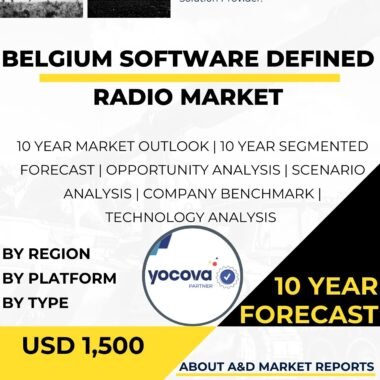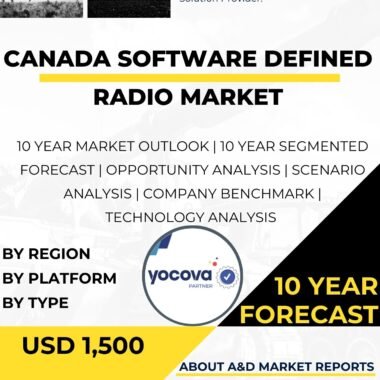Description
Australia Network Centric Warfare Market Overview
The Network Centric Warfare (NCW) market in Australia plays a vital role in strengthening the country’s defense capabilities. It enables the Royal Australian Air Force (RAAF), the Royal Australian Navy (RAN), and the Australian Army to achieve better situational awareness, command, control, and interoperability. Network Centric Warfare uses advanced information and communication technologies to enable real-time data sharing, collaboration, and decision-making across all military platforms.
Importance of Network Centric Warfare in Australia
The Australia Network Centric Warfare market is essential for improving the efficiency and effectiveness of defense operations. As part of the Five Eyes intelligence alliance, Australia faces diverse security challenges in the Indo-Pacific region. NCW principles allow the Australian Defence Force (ADF) to integrate data from various sensors and platforms, helping commanders make quick and informed decisions.
Key Technologies and Capabilities
The Network Centric Warfare market in Australia includes communication networks, data links, sensor systems, command and control centers, and software that enables real-time information sharing. The ADF has developed secure systems like the Australian Defence Information Environment (ADIE) to connect air, land, and maritime assets. Advanced sensors and data fusion systems provide a comprehensive view of the battlespace.
Domestic and International Contributions
Domestic Companies
Australian companies such as EOS Defence Systems play a major role in developing and implementing NCW technologies. They work with the ADF and international partners to design and deliver network-centric defense solutions.
International Companies
Leading defense firms like Lockheed Martin, Boeing, and Northrop Grumman have strong partnerships in Australia. They supply advanced communication systems, data links, and command and control technologies to support NCW operations.
Technological Advancements in Network Centric Warfare
Innovation drives the Australia Network Centric Warfare market. Key developments include:
-
Data Fusion Algorithms: Process and combine information from multiple sensors in real time for a complete battlespace view.
-
Artificial Intelligence (AI): AI helps automate tasks, identify data patterns, and assist in faster decision-making.
-
Cybersecurity: Protects sensitive military networks and data from cyber threats.
-
Multi-Domain Command and Control: Integrates operations across air, land, sea, space, and cyber domains for unified mission execution.
Future Outlook
The Australia Network Centric Warfare market will continue to expand as the ADF invests in modernization and joint force capabilities. Collaboration between local and global defense companies will enhance R&D and system integration.
Future efforts will focus on unmanned systems, next-generation sensors, data analytics, and cloud computing for faster and more secure information processing.
Conclusion
The Network Centric Warfare market in Australia is crucial for improving defense readiness and operational efficiency. Through continuous innovation and partnerships, the ADF is building a modern, connected, and data-driven military force. Advancements in AI, data fusion, and multi-domain operations will shape the next phase of Australia’s NCW capabilities, ensuring the country remains a regional leader in defense technology.




